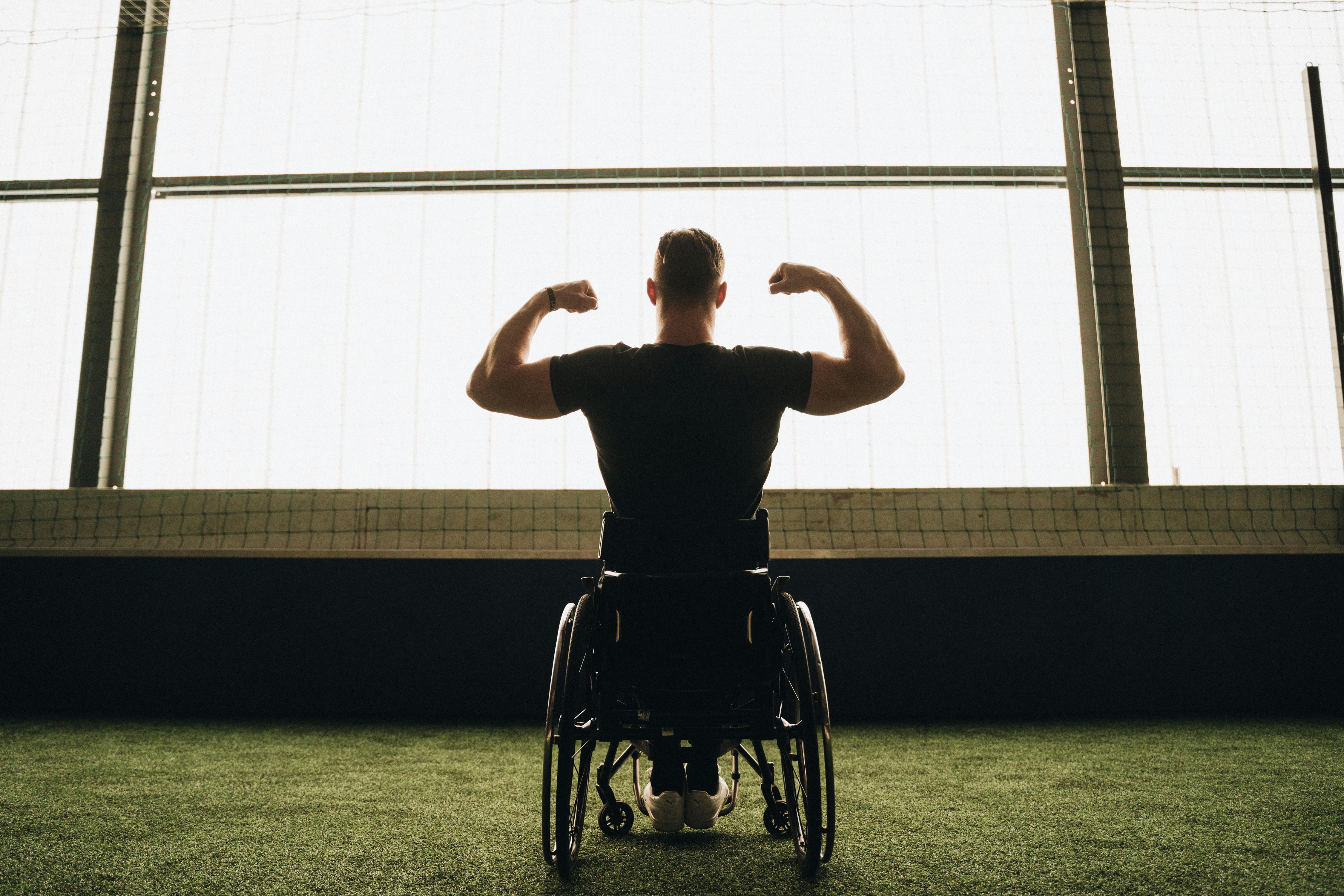Inclusive Fitness: Adapting Movement For Different Bodies And Abilities

Fitness looks different for everyone. While many mainstream images of exercise focus on high-intensity workouts or gym culture, that version of fitness doesn’t reflect the experience—or the reality—for a lot of people, especially those with disabilities. The idea that movement needs to look a certain way can leave many feeling left out. But fitness doesn’t have to follow one set structure. It can be flexible, accessible, and personal. The key is finding ways to move that feel supportive, enjoyable, and sustainable over time.
This article explores how inclusive fitness can support your well-being, how to adapt movement to your needs, and how to build routines that feel right for your body.
What Inclusive Fitness Really Means
Inclusive fitness is about making space for everyone—regardless of body type, mobility level, energy level, or experience. It recognizes that not all movement has to look the same and that exercise isn’t only for one kind of person or one kind of ability.
For some, fitness might mean daily walks or seated stretches. For others, it could include adaptive sports, light resistance training, or movement broken up throughout the day. Inclusive fitness allows for pacing, rest, and flexibility, which are often necessary for maintaining consistency and comfort.
It’s also worth noting that wellness is more than just physical activity. Many people create routines that include hydration, balanced meals, and daily habits that support their energy and focus. Some individuals choose to include supplements as part of their wellness plan, especially when their food choices are limited due to busy schedules or dietary preferences.
USANA Health Sciences offers research-supported products that some people incorporate into their daily wellness routines. These products are often chosen as part of a structured, consistent approach to supporting overall well-being.
The main idea is choice. Inclusive fitness respects that everyone has a different way of building a lifestyle that supports them.
Exploring Different Ways to Move Your Body
Movement isn’t limited to a gym or a fitness class. It’s about finding what feels accessible and comfortable for you. This could include stretching in bed, using resistance bands while seated, taking short walks, or doing chair-based workouts at home.
For those who use mobility aids, there are creative ways to adapt traditional exercises. Wheelchair dance, adaptive yoga, or upper-body routines using light weights or household items can all be part of a fitness plan.
Even small bursts of movement during the day—like moving during a phone call, stretching between tasks, or doing gentle exercises in your chair—can help create rhythm and structure.
The goal isn’t to reach a certain target or match someone else’s plan. It’s to find ways to move that feel manageable and aligned with your comfort level.
Adapting Movement to Match Your Needs
Adaptive movement is about adjusting routines to fit your body—not the other way around. There is no one right way to be active. Everyone’s abilities, limitations, and preferences are different, and that’s something to work with—not against.
There are many online fitness resources now tailored to people with different mobility levels. Some are designed for seated workouts, some include visual or audio instructions for accessibility, and others are led by disabled trainers who share their personal approaches to movement.
You can also work with professionals who understand adaptive fitness. These trainers or therapists can help create a routine that supports your goals while respecting your body’s needs and boundaries.
Listening to your body is key. If something doesn’t feel right, it’s okay to pause or try a different approach. Adaptive fitness encourages flexibility, not pressure.
Making Movement a Routine Without the Pressure
Consistency doesn’t mean sticking to a rigid schedule. It means showing up in small, steady ways—at a pace that works for you.
Building movement into your day can be simple. You might set a reminder to stretch mid-morning or turn a daily task into a short movement break. Even linking movement to existing habits—like stretching while the kettle boils or doing wrist exercises during TV time—can help build routine without feeling like extra effort.
Some people find it helpful to connect movement with other wellness practices. This could mean starting the day with a short seated stretch before breakfast or doing light movement before winding down for the night. For those who follow a structured supplement routine, pairing it with gentle movement can help keep things consistent.
The idea is to remove pressure. You don’t need to meet an external goal—you just need to create habits that support how you want to feel.
Community and Representation in Fitness Spaces
Seeing yourself represented in fitness spaces matters. It sends the message that your body belongs and that your experience is valid.
Online platforms, adaptive sports groups, and content from disabled fitness creators have opened up more inclusive conversations around movement. These communities offer tips, encouragement, and accessible routines that can make starting or continuing a fitness journey feel more approachable.
When fitness feels inclusive—not exclusive—it’s easier to find joy in movement. It becomes less about what you “should” do and more about what you want to do.
If you’re unsure where to start, connecting with others who’ve built their own version of inclusive fitness can be motivating. They may share what worked for them, how they adjusted routines, or how they built confidence over time.
Fitness doesn’t have to look like it does in magazines or on social media. It doesn’t need to follow a certain pace, involve expensive equipment, or fit into someone else’s idea of a routine.
Inclusive fitness is about adapting movement to your body, your goals, and your day-to-day life. Whether that’s through seated stretches, adaptive sports, or small movements built into your routine, the goal is to make it your own.
You don’t need perfect conditions or endless motivation. With thoughtful routines, flexible tools, and the right mindset, movement can support your well-being in a way that feels right for you.